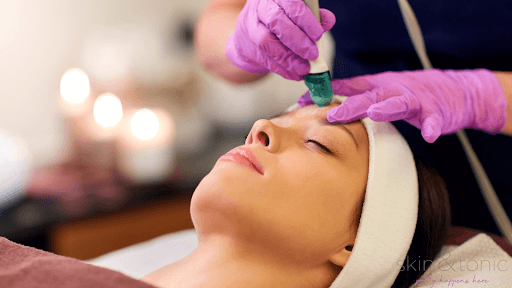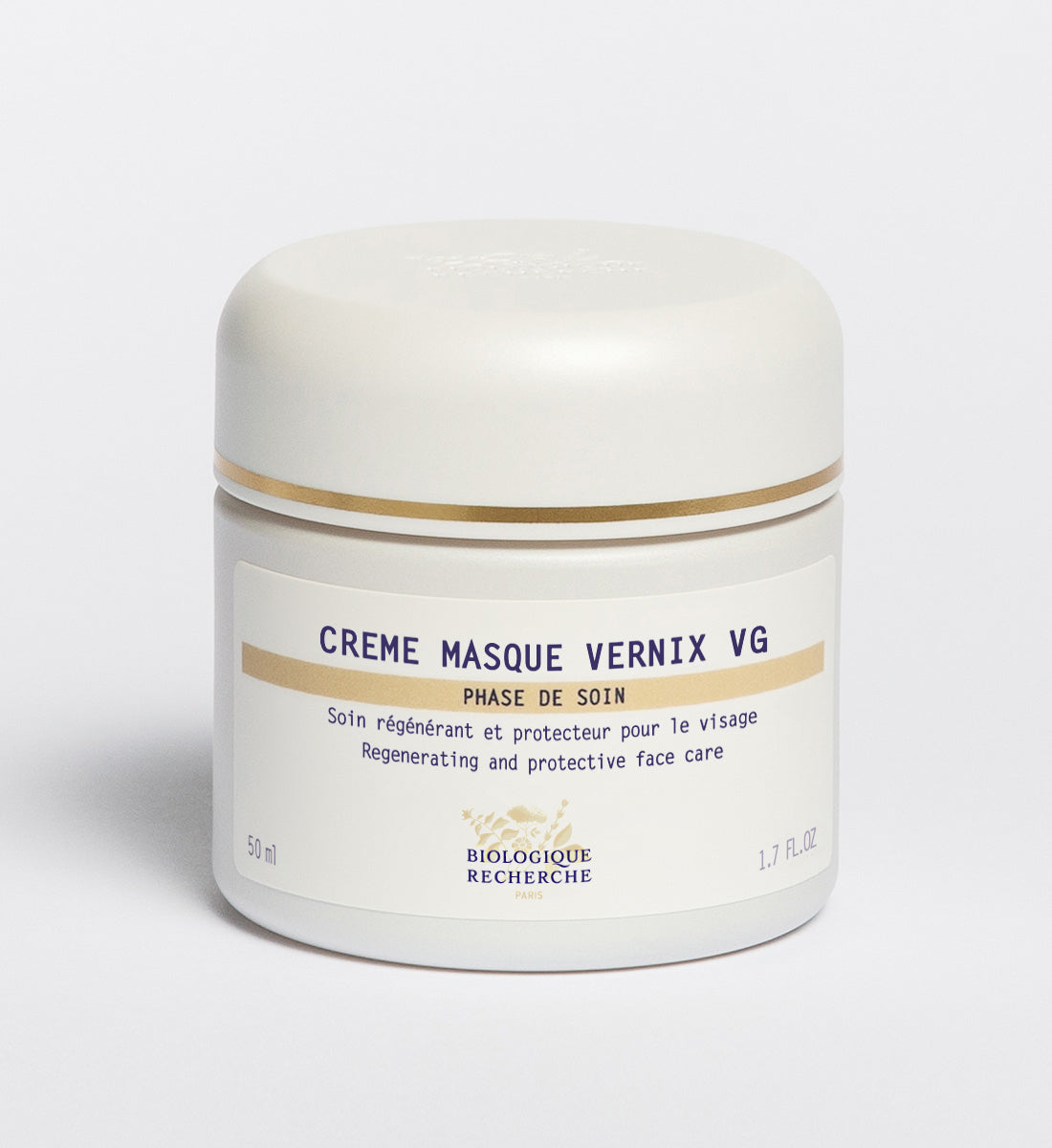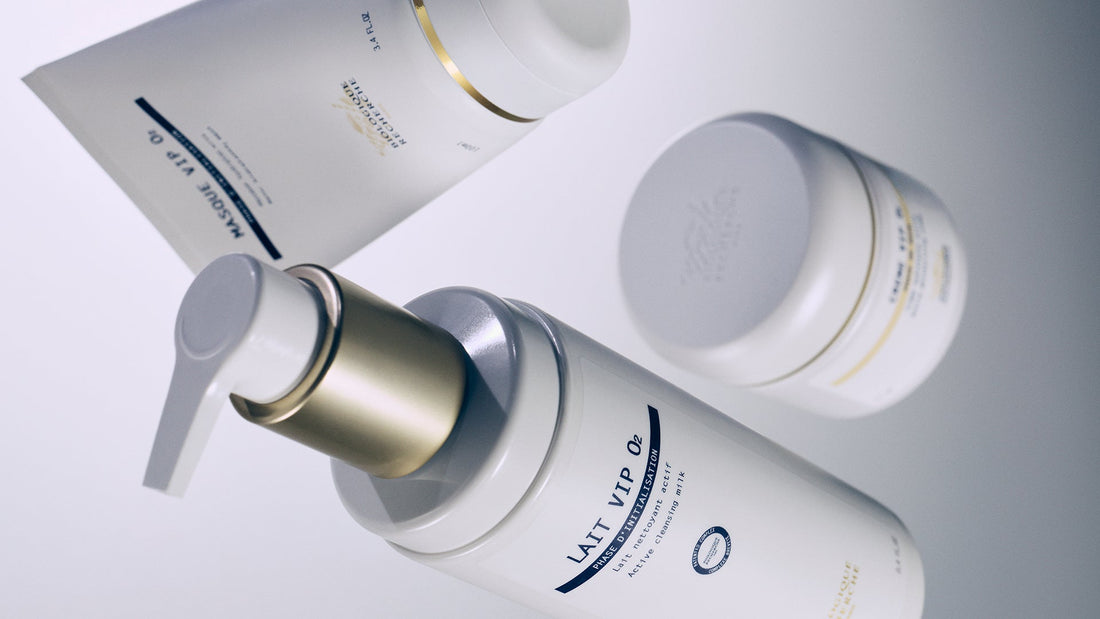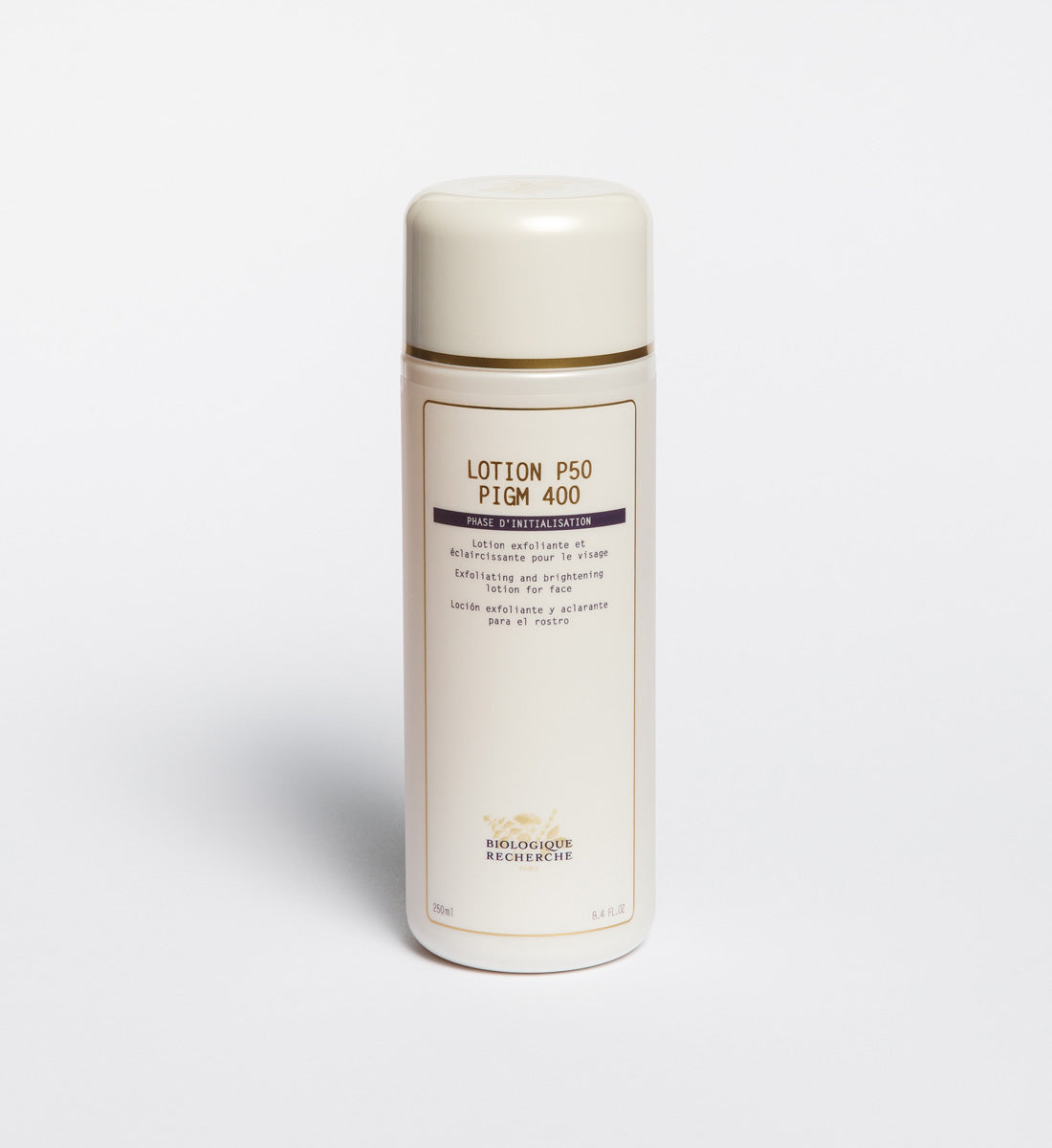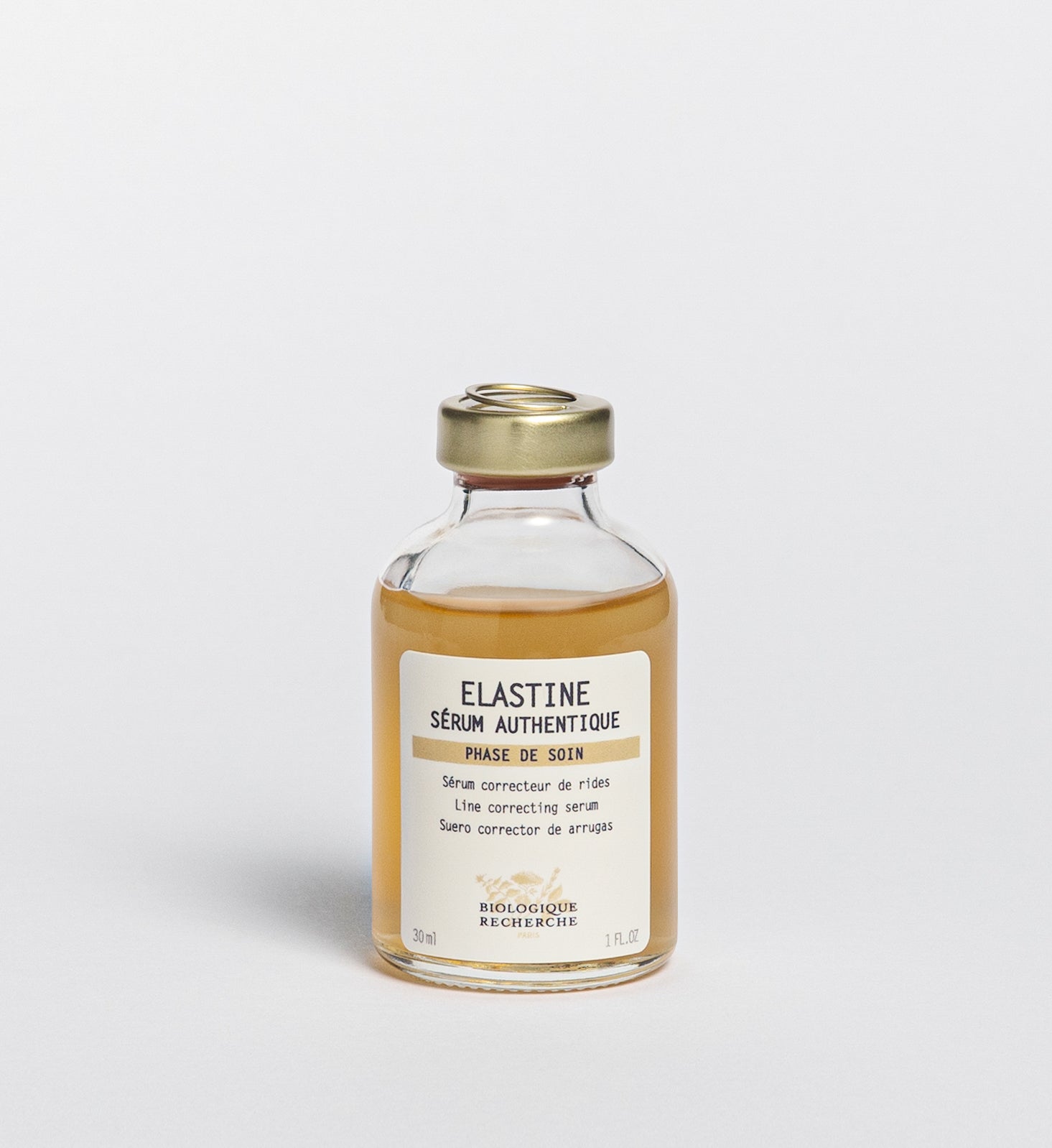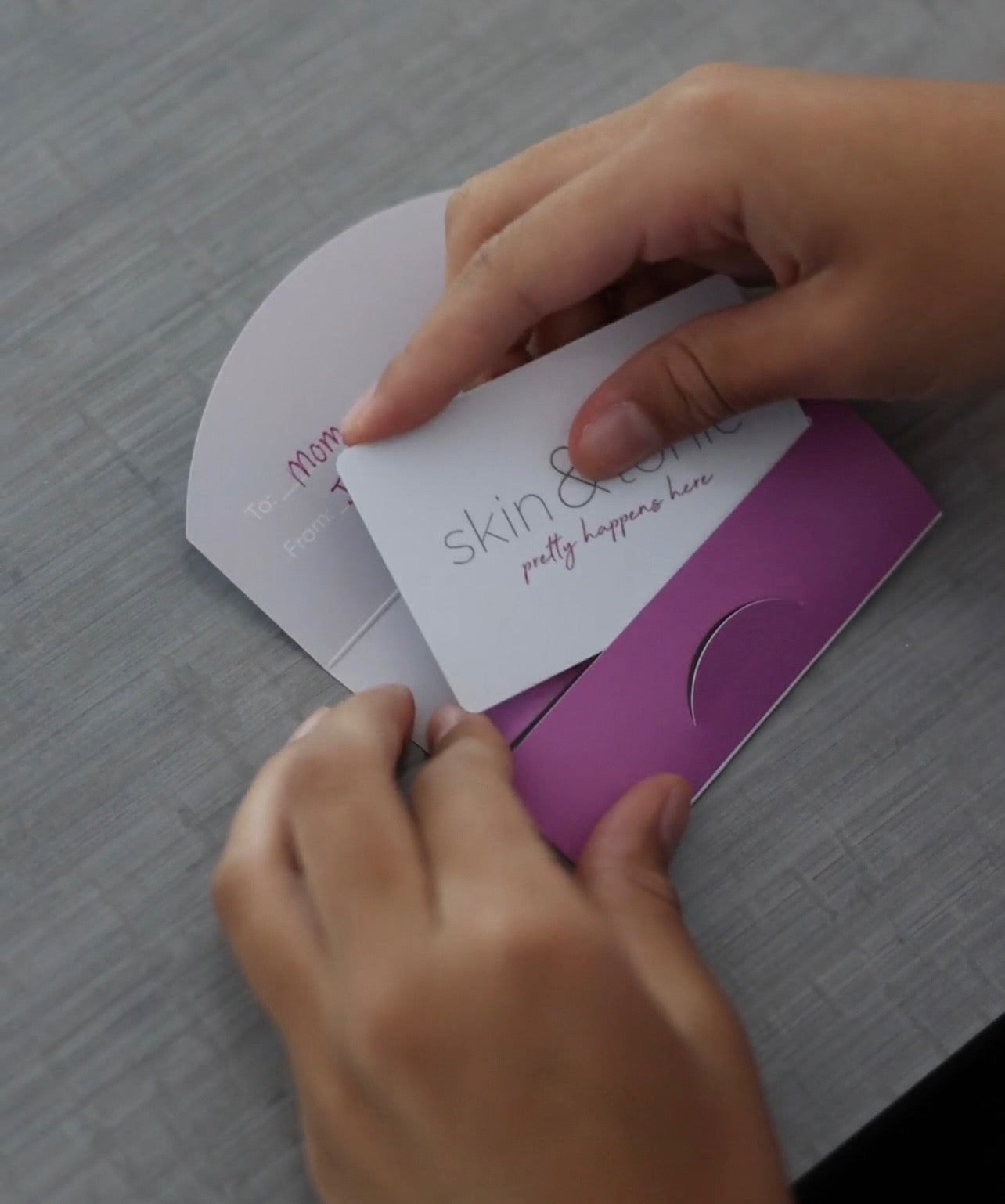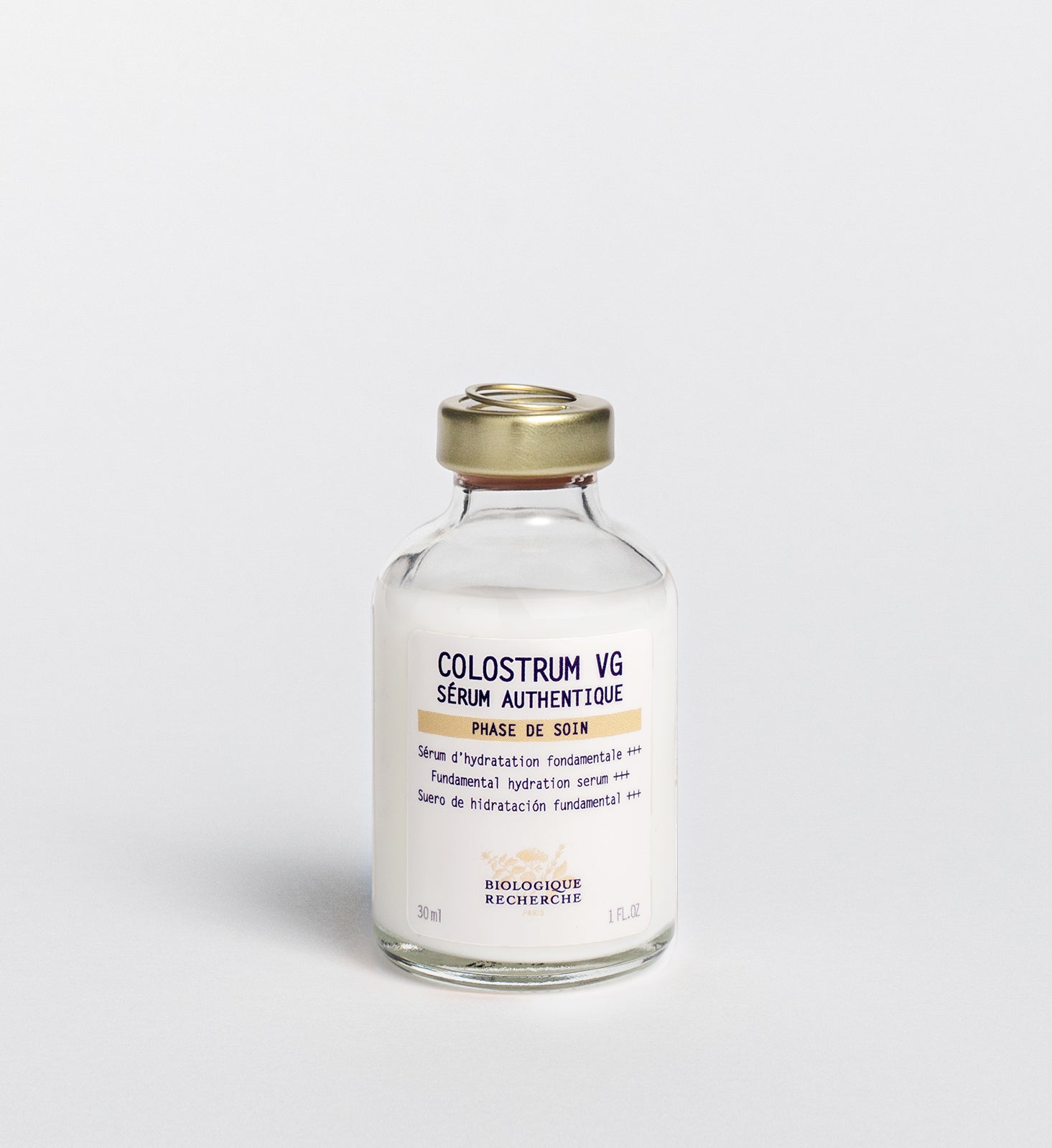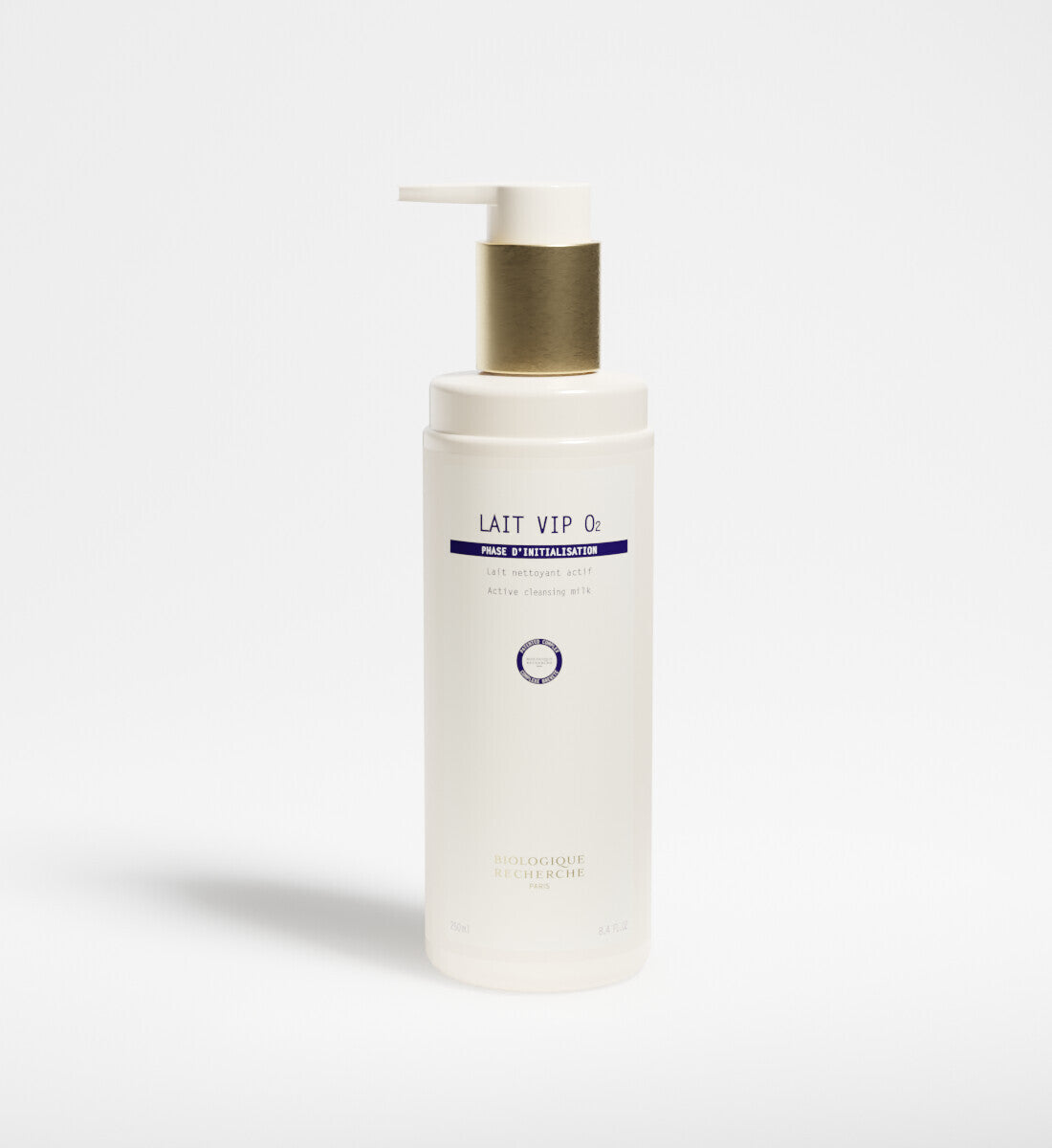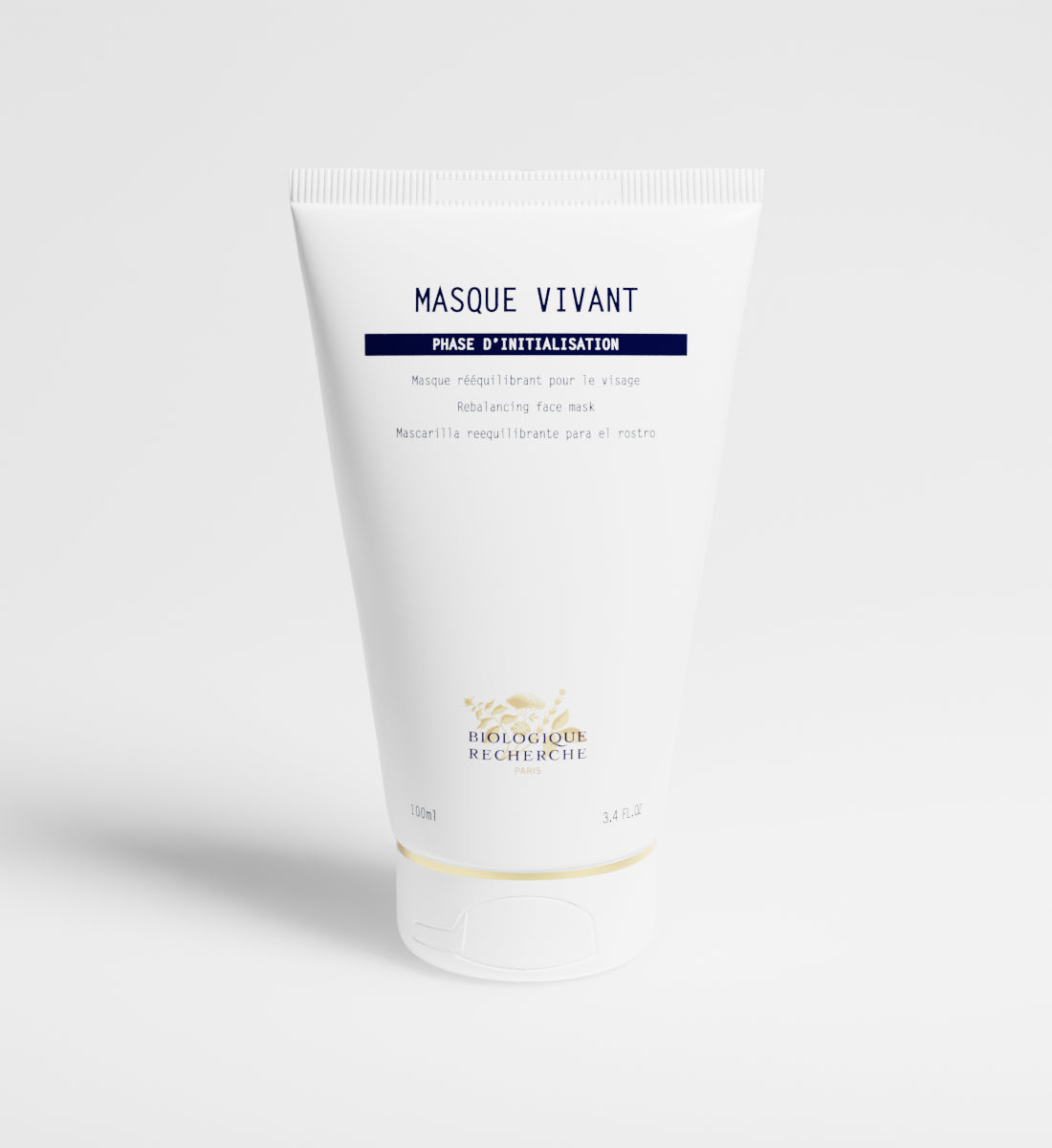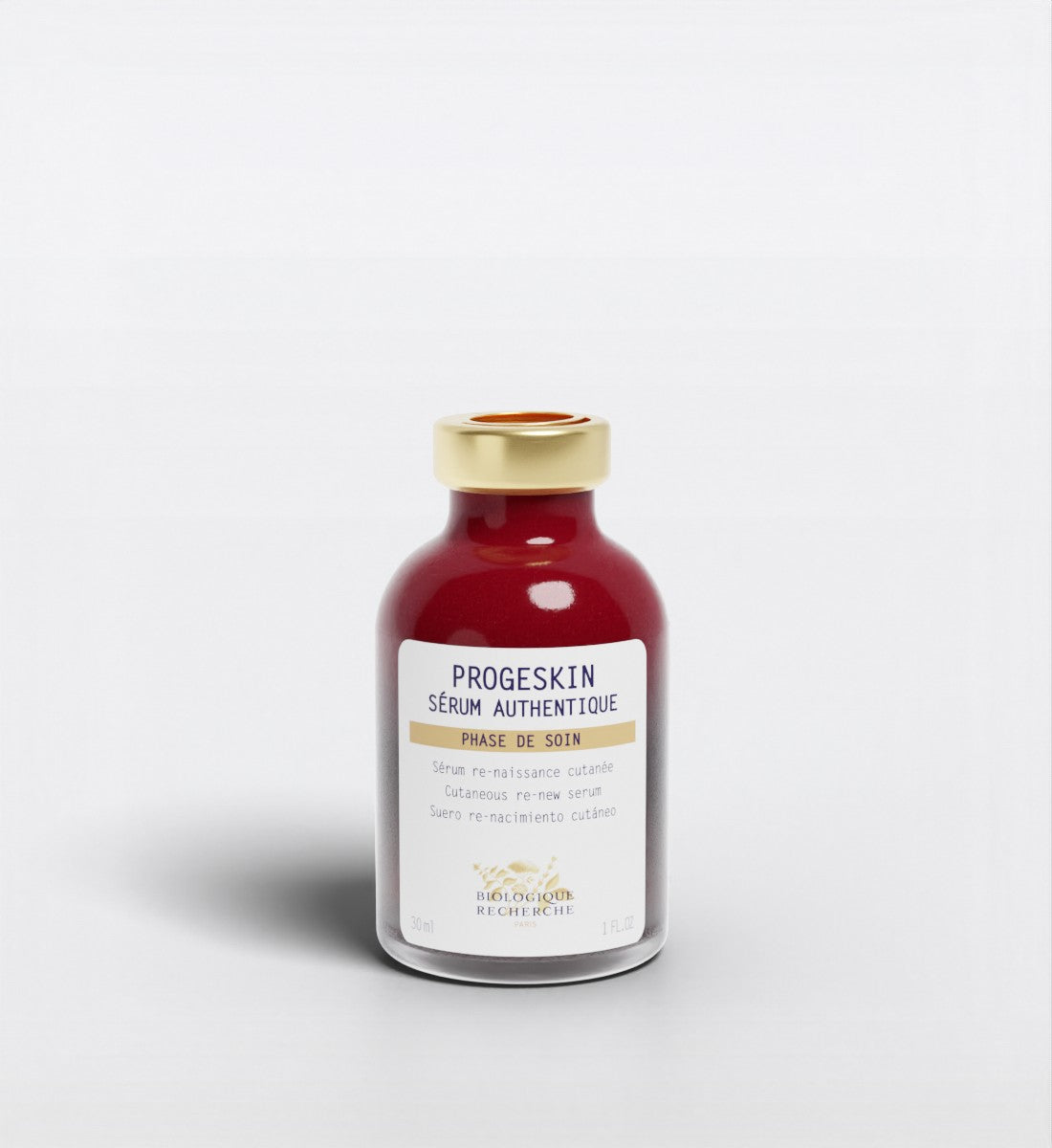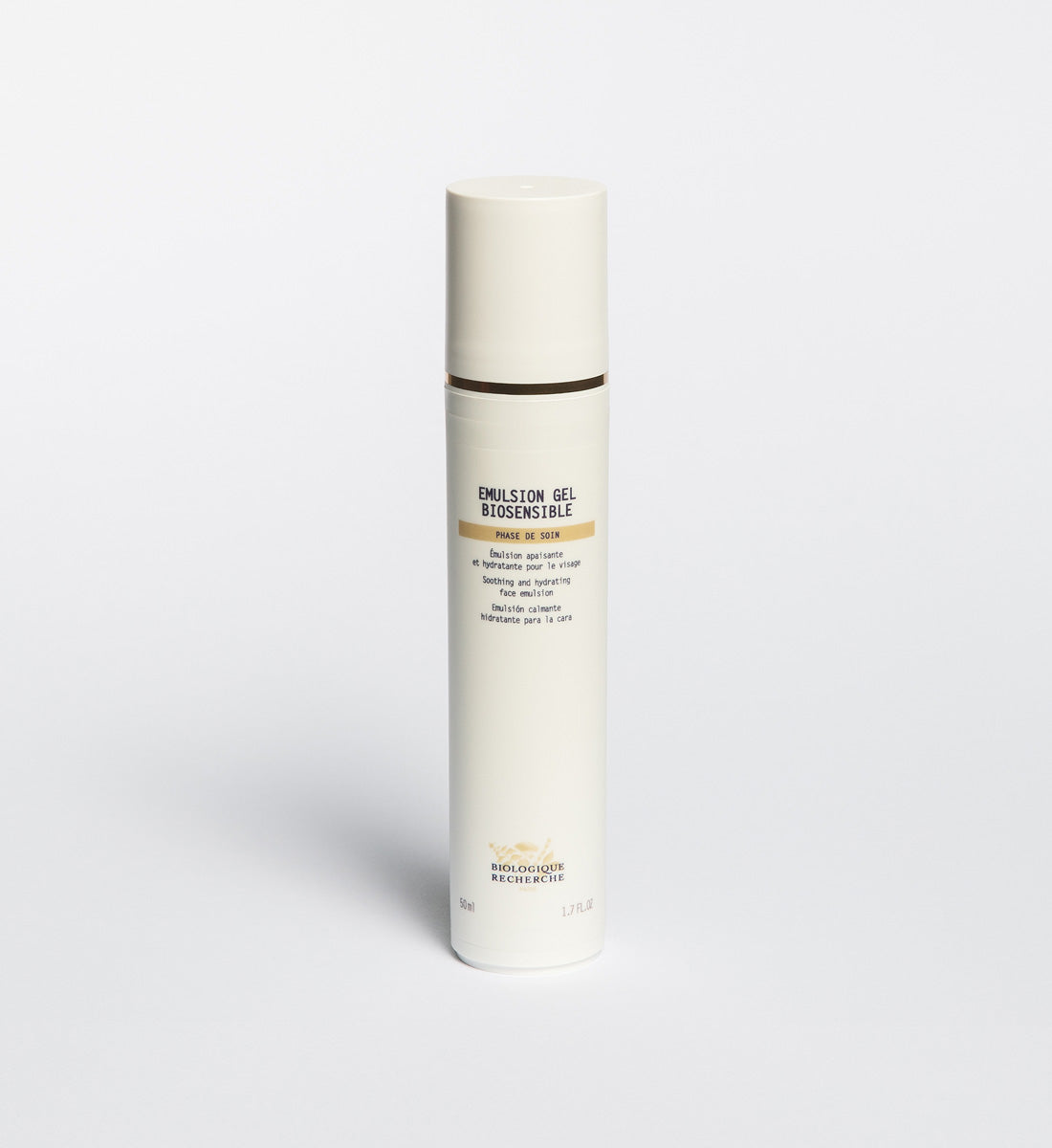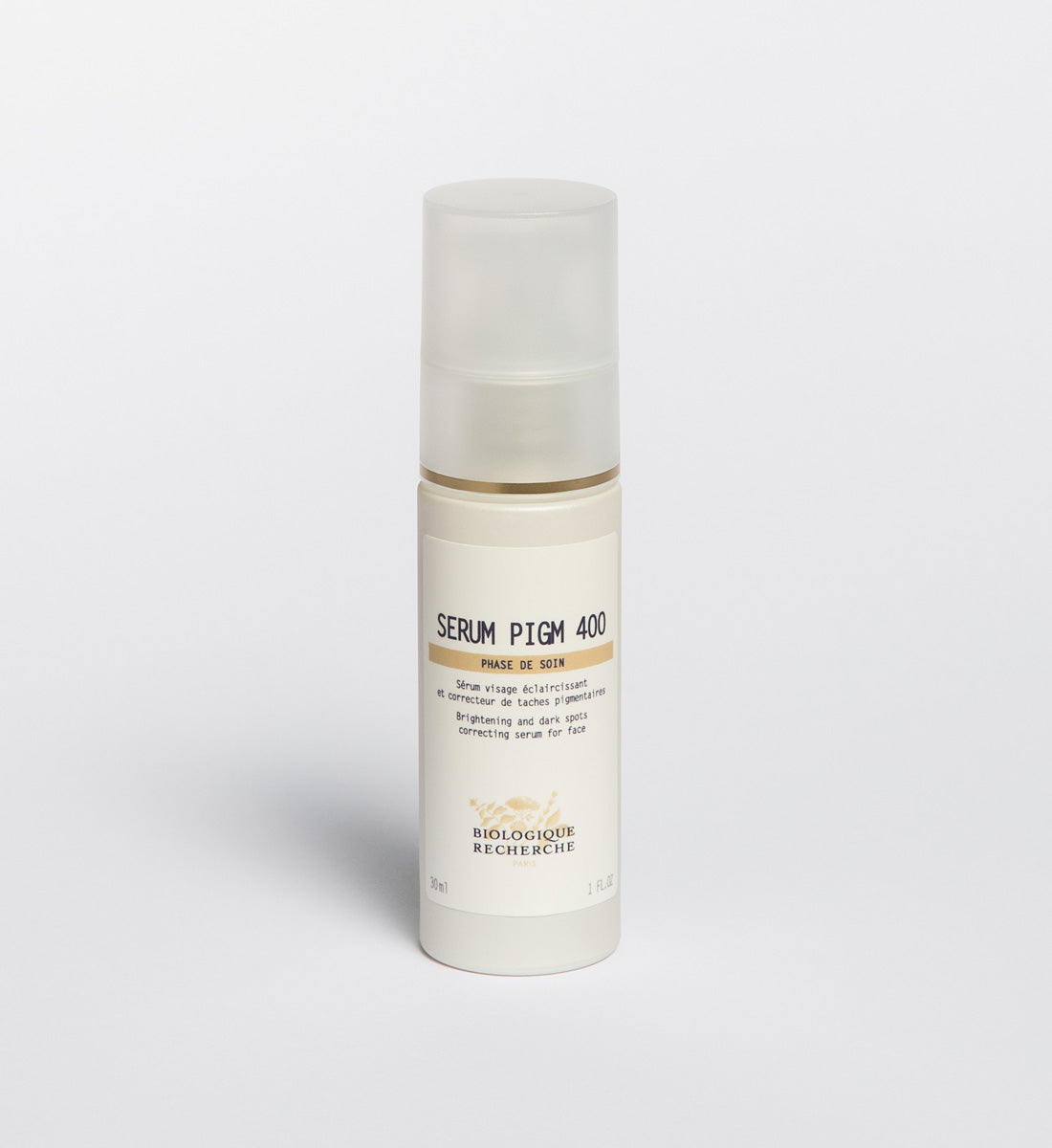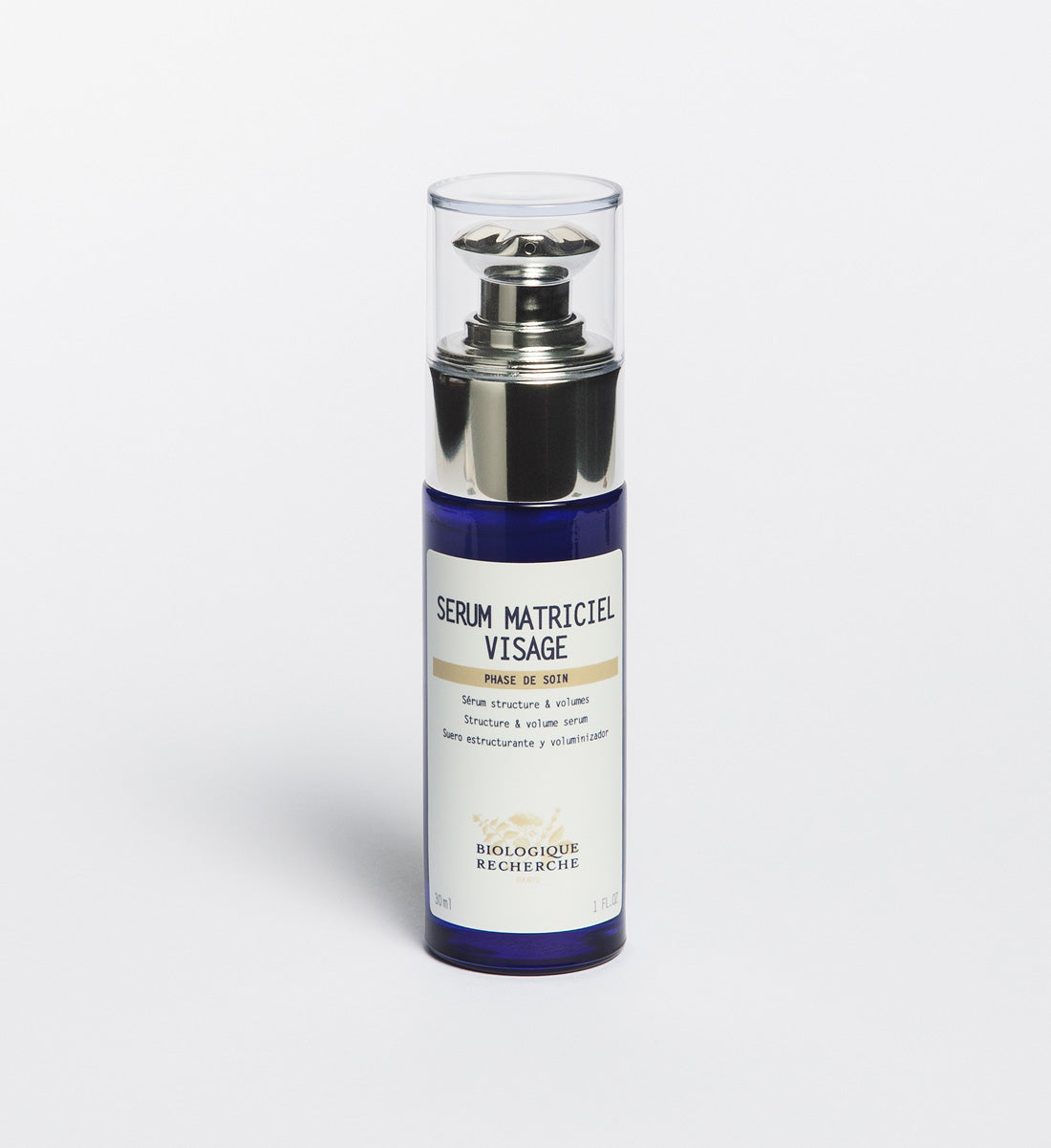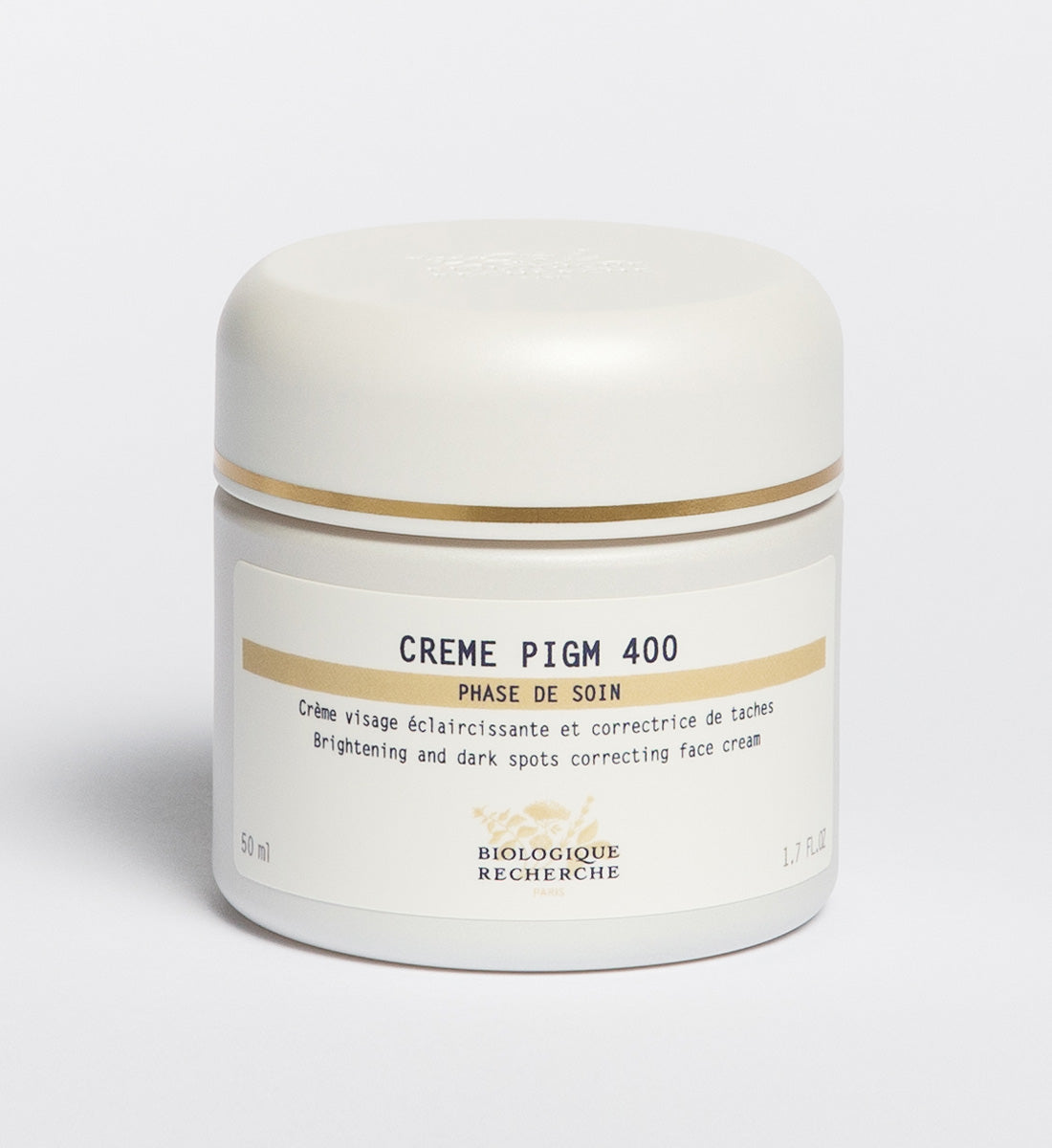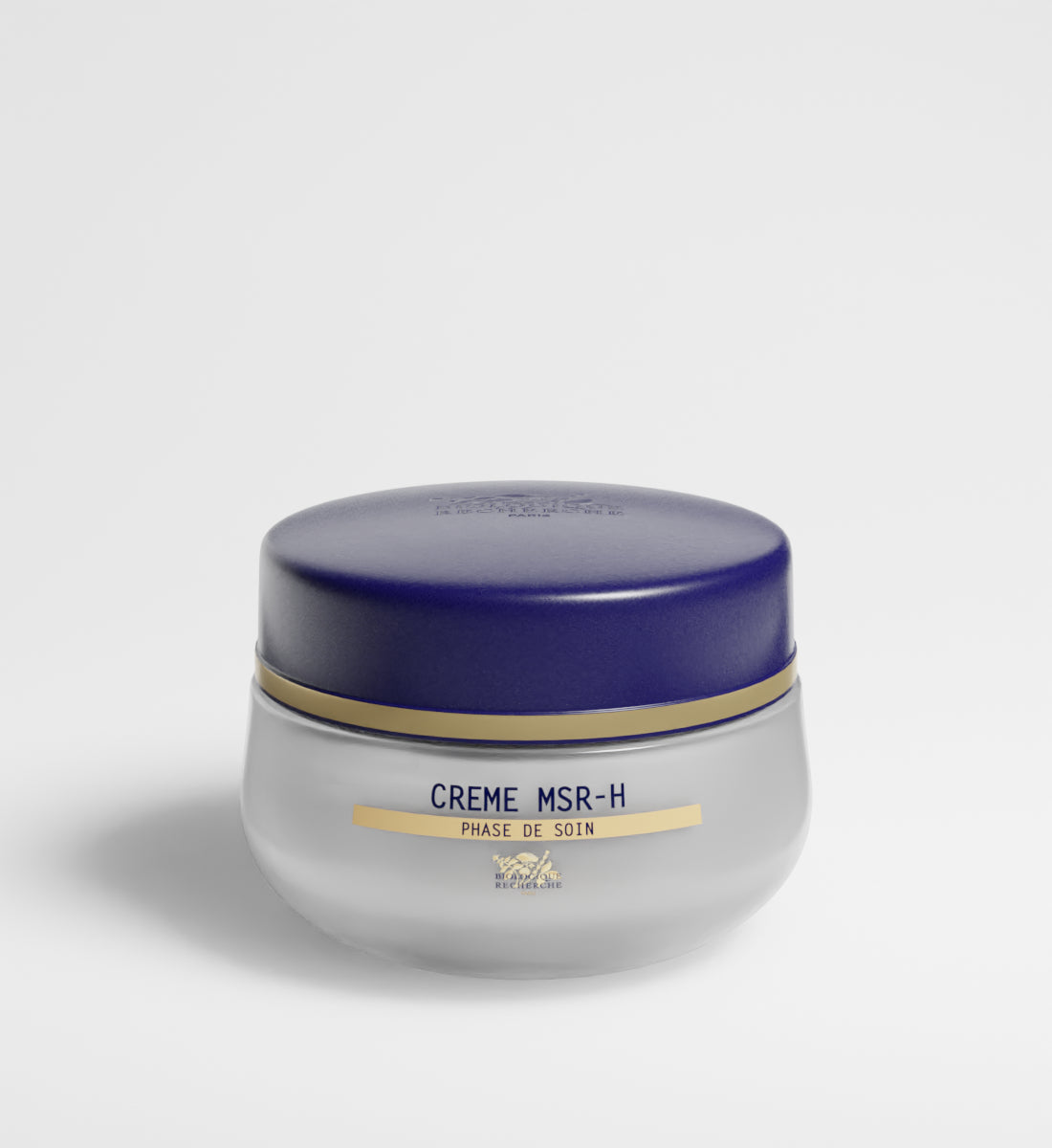Every skincare routine starts with the basics: cleansing to keep the skin clear, and moisturizing to keep it hydrated. But there's another step that could make all the difference—exfoliation. It's not just an add-on; it's a game-changer for glowing skin. The key is finding balance. Some cleansers can exfoliate as they wash, offering a simple way to incorporate this step. But how much is just right?
To get to the bottom of these pressing questions and guide you toward that elusive glow—without overcomplicating your routine—below is a guide on the right frequency and products depending on your skin type and goals
What is Exfoliation and Its Benefits?
Exfoliation refers to the technique of removing dead skin cells from the skin's outermost surface. It's a critical step in any skincare routine that can be achieved in two main ways: mechanically or chemically. Mechanical exfoliation involves physically scrubbing the skin with an abrasive product, like a facial scrub, to manually remove dead cells. Chemical exfoliation, on the other hand, uses acids or enzymes to break down dead cells without physical scrubbing.
Exfoliating your skin brings a plethora of benefits:
- Enhances Circulation: By removing dead skin, exfoliation can improve blood flow, giving your skin a healthier, more radiant appearance.
- Promotes Cell Turnover: Regular exfoliation encourages the shedding of old skin cells and the generation of new ones, keeping your skin looking fresh.
- Unclogs Pores: It helps to clear out blocked pores, which can reduce the likelihood of acne breakouts and other skin blemishes.
- Smoothens Skin Texture: By getting rid of rough, dry skin, exfoliation leaves your skin feeling smoother to the touch.
- Reduces Fine Lines and Wrinkles: Regular removal of the outer, older skin layer can diminish the visibility of fine lines and wrinkles over time, contributing to a more youthful appearance.
- Boosts Glow: By stripping away dull, dead cells, exfoliation reveals the brighter, glowing skin underneath.
Beyond these immediate benefits, exfoliation plays a vital role in anti-aging skincare routines. As we age, the natural process of cell turnover tends to slow down, leading to a buildup of dead cells that can make the skin appear dull, dry, and uneven. Exfoliation aids in accelerating cell turnover, helping to maintain a vibrant, even-toned complexion.
Understanding the benefits of exfoliation is just the start. It's equally important to know how often to incorporate this process into your skincare routine to achieve optimal results without overdoing it.
How Often Should You Exfoliate Your Face Based on Your Skin Type??
Finding the right balance in your skincare routine is key to maintaining healthy, glowing skin. Exfoliation is a crucial step in this journey, helping to remove dead skin cells and rejuvenate your skin. However, how often you should exfoliate can vary widely depending on your skin type. A professionally trained aesthetician can tailor this, ensuring optimal results without harm. Consulting with specialists at skin&tonic guarantees a personalized approach, preventing irritation or dryness. Trusting your skin to experts ensures the right balance for a healthy, glowing complexion.
Normal or Oily Skin
If your skin tends towards the normal to oily range, you're in luck when it comes to exfoliation. You can afford to exfoliate two to three times a week. This frequency is beneficial as it aids in controlling excess sebum production, which can lead to acne. Regular exfoliation keeps your pores clear, preventing the buildup of oil and dirt that can cause breakouts.
Sensitive or Dry Skin
Those with sensitive or dry skin types need to tread more carefully. Exfoliating once a week or even less frequently is recommended to avoid causing irritation or further drying out the skin. When you do exfoliate, choosing a product that's gentle yet effective is crucial, so you can remove dead skin cells without compromising your skin's natural moisture barrier.
Mature Skin
As skin matures, it tends to become drier and loses elasticity. For this reason, mature skin types should opt for gentle exfoliation once or twice a week. This can aid in minimizing the appearance of fine lines and wrinkles by encouraging cell turnover, giving the skin a smoother texture and a more youthful appearance overall.
Combination Skin
Combination skin poses its own unique set of challenges, being dry in some areas and oily in others. Exfoliating twice a week can help manage this balance, effectively addressing the needs of both the oily and dry zones of your face. It's about finding a product that won't over-strip your dry areas while still being effective enough to clear the oilier parts.
Adjusting the frequency of exfoliation according to your skin type can significantly enhance the health and appearance of your skin. Remember, the goal of exfoliation is to support your skin's natural renewal processes, not to strip it bare. Always listen to your skin and adjust your skincare routine as needed to keep your complexion looking its best.
Types of Exfoliants

Not all exfoliants are created equal, and choosing the right type can make all the difference in achieving your skincare goals. Here's a breakdown of the different types of exfoliants you might consider:
- Chemical Exfoliants: These products work by breaking down the bonds between dead skin cells, allowing them to be easily washed away. They're categorized mainly into two types:
- AHAs (Alpha-Hydroxy Acids): Water-soluble acids, such as glycolic and lactic acid, are perfect for addressing sun damage and dry skin. They work on the surface to improve texture and tone.
- BHAs (Beta-Hydroxy Acids): Oil-soluble acids like salicylic acid are ideal for oily and acne-prone skin because they can penetrate deeper into the pores to clear out congestion.
- Physical Exfoliants: This type uses small, solid particles or a textured tool to manually scrub away dead skin cells. Examples include face scrubs with microbeads, sugar, or salt. They offer immediate results but require a gentle hand to prevent irritation or damage to the skin.
Choosing the Right Exfoliation Method
Selecting the right exfoliation method is crucial for enhancing your skin's health and achieving that desired glow. It involves understanding the different types of exfoliants available and matching them with your skin's needs and your personal skincare goals. Whether you opt for a method that removes dead skin cells mechanically, chemically, or through natural means, the key is to find a gentle yet effective routine that works for you.
Physical vs. Chemical Exfoliants
Choosing the right exfoliant—physical or chemical—depends on your skin's needs and sensitivity. For those with delicate skin, chemical facial peels are preferred as they gently dissolve dead skin cells, avoiding friction and reducing irritation risks. A favored choice is the chemical facial peel, known for its deep yet non-abrasive exfoliation.
At Skin&Tonic, we elevate this process with Dermasweep Technology, ensuring a deep but gentle exfoliation that's both efficient and kind to your skin. Unlike traditional microdermabrasion, which can irritate and redden the skin, Dermasweep offers a comfortable experience with no downtime, allowing for an immediate radiant complexion without irritation. The vacuum suction not only removes dead skin but also stimulates blood and oxygen flow, enriching your skin's collagen and enhancing its health and glow. We further enhance this treatment with Biologique Recherche products, renowned for their high-quality, tailored skincare solutions. These products are designed to work at the cellular level, using biological, botanical, and marine extracts to rejuvenate and nourish the skin deeply.
Natural Exfoliants
Natural DIY exfoliants using sugar, coffee grounds, and fruit enzymes are some of the most popular at-home methods you can find on the internet. These common DIY methods, while accessible and eco-friendly, simply cannot compare to the depth and precision of professional facial exfoliation treatments. In fact, physical scrubbing with DIY exfoliants can be too harsh, potentially causing more harm than good by damaging the skin's delicate barrier. For truly transformative results, professional treatments offer a deeper, more precise exfoliation tailored to your skin's specific needs, something that home remedies simply cannot achieve.
Best Practices for Safe Exfoliation
- Choose the Right Product: Start by selecting an exfoliant that matches your skin type to avoid adverse reactions.
- Apply Gentle Pressure: When using physical exfoliants, use soft, circular motions to minimize irritation.
- Listen to Your Skin: Pay attention to how your skin responds. Signs of over-exfoliation include redness and sensitivity. Adjust the frequency of exfoliation if you notice any discomfort.
- Consult a Dermatologist: If you experience consistent discomfort or adverse effects, it's wise to seek professional advice.
Post-Exfoliation Skin Care
- Moisturize: Replenishing moisture is key after exfoliating. Choose a moisturizer that suits your skin type to help restore hydration.
- Use Sunscreen: Exfoliated skin is more prone to sun damage. Applying a broad-spectrum sunscreen, day or night, is crucial for protecting your skin.
Common Exfoliation Mistakes to Avoid
Exfoliating your skin can feel like a fresh start, removing dead cells and revealing the smoother, brighter skin underneath. However, enthusiasm for that refreshed feeling can sometimes lead us into common pitfalls that do more harm than good. Understanding these mistakes is key to maintaining the health and vitality of your skin.
Over-Exfoliation Risks
Exfoliating too often or too aggressively can strip away not only dead skin cells but also the protective oils that maintain your skin's natural barrier. This loss can leave your skin vulnerable to a host of issues—increased sensitivity, redness, irritation, and the likelihood of breakouts. When your skin starts showing signs of tightness, flakiness, or an uptick in sensitivity and acne, it's a clear signal to pause and reassess your exfoliation routine. During this break, prioritizing hydration and soothing care can help your skin recover its balance and health.
Mixing Exfoliants
Diving into the world of exfoliants, it's tempting to try and combine different types for what might seem like double the benefit. However, using multiple exfoliants simultaneously or in close succession can overwhelm your skin, intensifying the risk of over-exfoliation. Although the idea of combining physical and chemical exfoliants for a deeper cleanse might sound appealing, it can prove excessively harsh, especially for sensitive skin types. A safer approach is to space out the use of different exfoliants, allowing your skin ample time to recover between sessions. This strategy helps ensure that you're providing a thorough cleanse without crossing the line into potential damage.
Final Thoughts
Finding the right exfoliation routine is akin to discovering a secret key to unlocking the best version of your skin. It's not about scrubbing harder or more often, but about listening to your skin, understanding its needs, and responding with the right exfoliation method and frequency. By avoiding common mistakes like over-exfoliation and mixing exfoliants improperly, you set the stage for healthier, more radiant skin.
Remember, exfoliation is a tool in your skincare arsenal meant to enhance, not compromise, your skin's natural beauty and health. With the insights and guidelines shared, you're now better equipped to exfoliate confidently and wisely, ensuring your skin remains vibrant and well-cared for in the long run. Facial spa treatments and professional consultations can also offer valuable support in tailoring your exfoliation routine to optimize your skin's health. Experiment, learn, and discover the best exfoliation approach for you. Your glowing skin will thank you!


